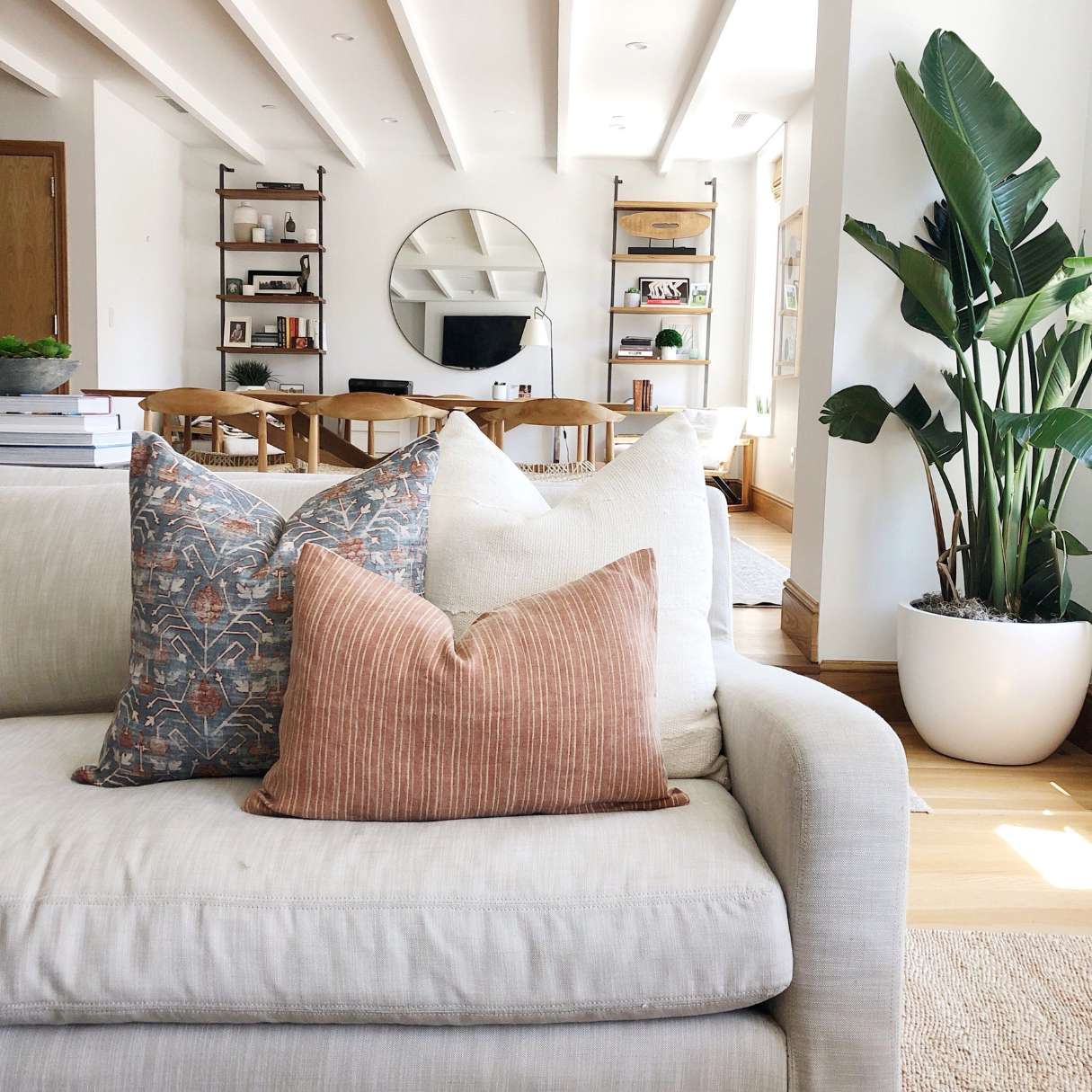

Articles
How To Make Decorative Sofa Pillows
Modified: December 7, 2023
Learn how to make decorative sofa pillows with step-by-step articles. Transform your living room with custom-designed and stylish cushions.
(Many of the links in this article redirect to a specific reviewed product. Your purchase of these products through affiliate links helps to generate commission for Storables.com, at no extra cost. Learn more)
Introduction
Decorative sofa pillows can add a touch of style and personality to any living space. Whether you want to update the look of your sofa or simply create a cozy and inviting atmosphere, designing your own pillows allows you to unleash your creativity and customize them to match your taste and existing decor.
In this article, we will guide you through the process of making decorative sofa pillows from start to finish. We will cover everything from choosing the right fabric to sewing and adding decorative elements. So, let’s get started and turn your boring sofa into a stunning focal point!
Before diving into the nitty-gritty of pillow-making, it’s essential to consider the style and theme you want to achieve. Are you aiming for a contemporary and minimalistic look, or do you prefer a more eclectic and bohemian vibe? Understanding your aesthetic preferences will help you make informed decisions when it comes to selecting the fabric, colors, patterns, and decorative elements for your pillows.
Once you have a clear vision in mind, it’s time to move on to the next step: choosing the right fabric for your pillows. The fabric you select can make a significant difference in the overall look and durability of your pillows. It’s important to choose fabrics that are both visually appealing and practical for everyday use.
In the next section, we will delve deeper into the factors to consider when selecting the perfect fabric for your decorative sofa pillows. We will explore different fabric types, their characteristics, and how to determine the appropriate fabric for your needs. So, let’s continue our pillow-making journey by exploring the world of fabrics!
Key Takeaways:
- Unleash Your Creativity: Making decorative sofa pillows allows you to express your unique style and personality, from choosing fabrics and colors to adding personalized embellishments.
- Transform Your Space: DIY decorative pillows can instantly elevate the look and feel of your living area, creating a cozy and stylish ambiance that reflects your personal touch.
Read more: How To Decorate Sofa With Pillows
Choosing the Right Fabric
When it comes to selecting the fabric for your decorative sofa pillows, there are several factors to consider. The fabric you choose will not only contribute to the overall aesthetic of your pillows but also determine their durability and comfort. Here are a few tips to help you make the right decision:
1. Consider the Purpose: Think about how your sofa pillows will be used. If they are purely decorative and won’t be subjected to heavy use, you can opt for delicate and luxurious fabrics like velvet or silk. However, if you have a busy household or pets, it’s wise to choose a more durable and stain-resistant fabric.
2. Assess the Durability: Look for fabrics that are sturdy and can withstand regular use. Fabrics like cotton and linen are known for their durability and can handle everyday wear and tear. Additionally, consider the fabric’s thread count, as a higher thread count generally indicates a more robust and long-lasting fabric.
3. Consider the Maintenance: Think about how easy the fabric is to clean and maintain. Some fabrics are machine washable, while others may require dry cleaning. If you prefer a low-maintenance option, choose a fabric that can be easily cleaned in a washing machine.
4. Account for Allergies: If you or your family members have allergies, it’s important to choose hypoallergenic fabrics. Fabrics like microfiber or synthetic blends are resistant to dust mites and allergens, making them a suitable choice for allergy sufferers.
5. Examine the Color Fastness: Ensure that the fabric’s colors are resistant to fading. Exposure to sunlight can cause colors to fade over time, so consider fabrics with fade-resistant or UV protection properties if your sofa is positioned near a window.
6. Showcase Your Style: Consider the overall style and theme of your room when choosing fabric. If you’re going for a rustic or bohemian look, opt for natural fibers like jute or burlap. For a more contemporary feel, choose fabrics with bold patterns or geometric designs.
7. Feel the Texture: Lastly, don’t forget to touch and feel the fabric. The texture can greatly impact the look and feel of your pillows. Smooth and silky fabrics exude elegance, while textured fabrics can add depth and interest to your sofa.
By taking these factors into consideration, you can find the perfect fabric that aligns with your style preferences, durability needs, and maintenance requirements. Once you’ve chosen the ideal fabric, we can move on to the next step in the pillow-making process: selecting colors and patterns. So, let’s dive into the world of design and start creating your dream sofa pillows!
Selecting Colors and Patterns
Choosing the right colors and patterns for your decorative sofa pillows is essential to create a cohesive and visually appealing look. The colors and patterns you select will play a significant role in enhancing the overall aesthetic of your space. Here are some tips to help you make the right choices:
1. Consider the Existing Décor: Take a look at the colors and patterns already present in your room. Consider the color scheme of your furniture, walls, and other decorative elements. Select colors and patterns that complement or contrast with the existing décor to create a harmonious and balanced look.
2. Choose a Color Palette: Determine the overall color palette for your sofa pillows. You can opt for monochromatic shades (different tones of the same color), complementary colors (opposite hues on the color wheel), or an analogous color scheme (adjacent colors on the color wheel). Experiment with different combinations to find the one that best suits your style and preferences.
3. Think About the Mood: Colors have the power to evoke specific moods and emotions. Consider the atmosphere you want to create in your space. Warm shades like red, orange, and yellow can create a cozy and inviting ambiance, while cool tones like blue and green can promote a calm and relaxing vibe.
4. Consider the Scale: The scale of the pattern can greatly impact the overall look of your pillows. Larger-scale patterns can make a bold statement and act as a focal point, while smaller-scale patterns can add a subtle and intricate detail. Choose patterns that complement the size of your pillows and the overall aesthetic you’re aiming for.
5. Mix and Match: Don’t be afraid to mix different patterns and textures to create visual interest. Consider incorporating a combination of solid colors, stripes, florals, geometric prints, or even textured fabrics. Just ensure that the patterns and colors coordinate well with each other and the existing décor.
6. Consider the Season: If you enjoy changing your home décor with the seasons, consider selecting colors and patterns that reflect the time of year. Bright and vibrant colors can be perfect for spring and summer, while warm and cozy tones may be more suitable for fall and winter.
7. Trust Your Personal Style: Ultimately, trust your personal style and intuition. Select colors and patterns that resonate with you and make you feel happy and comfortable. Your decorative sofa pillows should be a reflection of your unique taste and personality.
By carefully considering the existing décor, color palettes, mood, scale, and your personal style, you can choose colors and patterns that will enhance the overall look and feel of your sofa pillows. Once you’ve decided on the colors and patterns, it’s time to move on to the next step: measuring and cutting the fabric. So roll up your sleeves and let’s get measuring!
Measuring and Cutting the Fabric
Now that you have chosen the perfect fabric and selected your desired colors and patterns for your decorative sofa pillows, it’s time to move on to the next step: measuring and cutting the fabric. This step is crucial in ensuring that your pillow covers are the right size and fit snugly on your sofa. Here’s how to do it:
1. Measure Your Pillows: Start by measuring the dimensions of your pillows. Measure the length, width, and height of each pillow. Make sure to measure from seam to seam to ensure accuracy. Write down these measurements as they will be the basis for cutting the fabric.
2. Add Seam Allowances: To create a professional-looking finish and allow for sewing seams, add a seam allowance to your measurements. A typical seam allowance is 1/2 inch to 1 inch. For example, if your pillow measures 16 inches by 16 inches, add 1 inch to each side, resulting in a fabric square that is 18 inches by 18 inches.
3. Consider Pattern Alignment: If your fabric has a pattern or print, you may want to consider how the pattern will align on the pillow. If you want a uniform look, make sure to cut the fabric in such a way that the pattern is centered on each pillow.
4. Double-Check Measurements: Before cutting the fabric, double-check your measurements to ensure accuracy. It’s better to be safe than sorry, so take your time to ensure you have the correct dimensions.
5. Prepare the Fabric: Lay your fabric flat on a clean, even surface. If necessary, iron the fabric to remove any wrinkles or creases. Smooth out the fabric so that it is flat and ready for cutting.
6. Use a Cutting Tool: A rotary cutter and a cutting mat are ideal for precise and clean cuts. If you don’t have these tools, sharp fabric scissors will suffice. Align the fabric according to your measurements and cut along the marked lines.
7. Take Note of Fabric Direction: Depending on the fabric’s design, there may be a specific direction in which you need to cut the fabric. For example, if your fabric has stripes or a directional print, you may want to ensure that all the pillow covers have the pattern oriented in the same direction.
Remember, accuracy is key when measuring and cutting the fabric for your decorative sofa pillows. Take your time, double-check your measurements, and cut the fabric precisely. Once you have cut the fabric to the correct size, you are ready to move on to the next step: sewing the pillow covers. So let’s thread the needle and sew our way to beautiful pillows!
Sewing the Pillow Covers
Now that you have measured and cut the fabric for your decorative sofa pillows, it’s time to move on to the next exciting step: sewing the pillow covers. Sewing your own pillow covers allows you to create a custom look and ensures a perfect fit for your pillows. Here’s a step-by-step guide on how to sew the covers:
1. Gather Your Supplies: Before you start sewing, make sure you have all the necessary supplies. These typically include your fabric, matching thread, sewing machine, scissors, pins or clips, and a ruler or measuring tape.
2. Create the Front and Back Panels: Place the two fabric pieces you cut, right sides facing each other. Pin or clip the edges together to secure them. Starting from one corner, sew around the perimeter of the fabric panels, leaving a small opening for turning the cover right side out. Be sure to backstitch at the beginning and end.
3. Trim Excess Fabric and Corners: To achieve crisp and clean corners, trim the excess fabric diagonally across each corner, being careful not to cut too close to the stitching. This will reduce bulk and help the corners appear sharp when the cover is turned right side out.
4. Turn the Cover Right Side Out: Reach through the opening and gently pull the fabric through to turn the cover right side out. Use a blunt object, such as a chopstick or knitting needle, to push out the corners to ensure they are fully formed.
5. Press the Cover: Once the cover is turned right side out, use an iron set to the appropriate heat for your fabric to press the edges and corners. This will create a neat and polished appearance.
6. Insert the Pillow: Insert the pillow form or stuffing into the cover through the opening. Make sure to fully fluff and distribute the filling to achieve an even and plump appearance.
7. Closing the Opening: To close the opening, you have a few options. You can hand sew it using a slip stitch or ladder stitch for an invisible finish. Alternatively, you can use fabric glue or fabric tape to secure the opening. Choose the method that best suits your sewing skills and preferences.
Congratulations! You have successfully sewn the pillow covers for your decorative sofa pillows. Give them a final fluff and arrange them on your sofa to admire your handiwork. Now that you have completed the sewing process, you can move on to the fun part: adding decorative elements to your pillows. Let’s explore some creative ideas to make your sofa pillows truly stand out!
When choosing fabric for decorative sofa pillows, consider the durability and texture of the material. Opt for fabrics like cotton, linen, or velvet for a luxurious and long-lasting look.
Read more: How To Choose Pillows For Sofa
Adding Decorative Elements
Now that you have sewn the covers for your decorative sofa pillows, it’s time to add those finishing touches that will make them truly unique and eye-catching. Adding decorative elements allows you to personalize your pillows and further enhance their aesthetic appeal. Here are some creative ideas to inspire you:
1. Embroidery: Embroidery is a beautiful way to add intricate designs, patterns, and text to your pillow covers. You can choose to hand embroider or use an embroidery machine to create stunning embellishments. Experiment with different stitching techniques, colors, and designs to match your personal style.
2. Appliqué: Appliqué involves attaching small fabric pieces to the pillow covers to create decorative designs or shapes. You can cut out fabric in interesting shapes, such as flowers or animals, and sew them onto the covers. This adds texture and dimension to your pillows.
3. Trim and Fringe: Adding decorative trims or fringes to the edges of your pillows can instantly elevate their look. Options include pom-pom trims, tassels, beaded fringes, or lace. Choose trims that complement the fabric and overall aesthetic of your pillows.
4. Buttons and Sequins: Sewing buttons or attaching sequins can create a glamorous and sophisticated look. Play with different sizes, shapes, and colors of buttons or sequins to create patterns or add a focal point to your pillows.
5. Fabric Paint or Dye: If you have a knack for painting or want to explore your artistic side, consider using fabric paint or dye to create unique designs on your pillow covers. You can get creative with brush strokes, stencils, or even create your own patterns.
6. Patchwork: Patchwork involves sewing together smaller pieces of different fabrics to create a cohesive and eclectic look. You can mix and match various patterns, colors, and textures to create one-of-a-kind pillow covers.
7. Personalized Monograms: Adding monograms can add a touch of elegance and personalization to your pillows. Use embroidery or fabric paint to incorporate your initials or a meaningful symbol onto the covers.
Remember to consider the overall style and theme of your room when selecting and adding decorative elements to your pillows. It’s important to strike a visual balance and ensure that the elements you choose complement the existing décor. Let your creativity soar and have fun experimenting with different embellishments to make your sofa pillows a true reflection of your style and personality.
Once you have added the desired decorative elements, it’s time to stuff your pillows and close them up. Let’s move on to the next step: stuffing the pillows.
Stuffing the Pillows
After all the hard work of sewing the covers and adding decorative elements, it’s time to bring your decorative sofa pillows to life by stuffing them. Proper stuffing not only provides the desired shape and fullness but also ensures comfort when using the pillows. Here are some steps to help you correctly stuff your pillows:
1. Select the Right Pillow Insert or Filling: There are various options for pillow inserts or filling, including polyester fiberfill, down feathers, foam inserts, or even recycled materials like fabric scraps. Choose a filling that suits your preferences in terms of firmness and comfort.
2. Prepare the Filling: If you’re using loose filling like polyester fiberfill, fluff it up to make it airy and voluminous before stuffing. If you’re using a pre-made insert, ensure it is properly shaped and distributed within the cover.
3. Start with Small Amounts: Begin by inserting a small amount of filling into the corners and edges of the pillow. This helps ensure an even distribution and prevents lumpy areas. Gradually add more filling as you work towards the center of the pillow.
4. Don’t Overstuff: Be mindful not to overstuff the pillows, as it can make them appear overly firm and uncomfortable. Aim for a balance between a plush feel and providing ample support.
5. Fluff and Adjust: As you stuff, periodically fluff the pillow and adjust the filling to ensure a uniform distribution. This will help maintain the pillow’s shape and prevent clumping.
6. Test for Comfort: Once you have filled the pillow, give it a gentle squeeze and press down to test its comfort level. If it feels too firm, remove some filling. If it feels too soft, add a bit more stuffing until you achieve the desired comfort.
7. Consider Zippered Covers: If your pillow covers have zippered closures, they provide the flexibility to adjust the stuffing in the future. This allows you to add or remove filling as needed to maintain the desired level of comfort.
Remember that the amount of filling you use will depend on personal preference and the size of your pillow covers. It’s better to start with less filling and gradually add more until you attain the desired fullness. By following these steps, you can ensure that your decorative sofa pillows are not only visually appealing but also comfortable and inviting.
With the pillows stuffed to your liking, it’s time to move on to the final step: closing the pillow covers. Let’s complete the process and bring your decorative sofa pillows to their full potential!
Closing the Pillow Covers
After stuffing your decorative sofa pillows to perfection, the final step is to close the pillow covers and secure the filling inside. Properly closing the covers not only ensures that the pillows maintain their shape but also adds a polished and professional finish. Here are some methods to consider for closing your pillow covers:
1. Hand Sewing: One of the most common and traditional methods of closing pillow covers is hand sewing. Thread a needle with matching thread and use a slip stitch or ladder stitch to invisibly sew the opening closed. Take small, neat stitches and ensure that the thread is tightly woven through the fabric to create a seamless finish.
2. Machine Sewing: If you prefer a faster and more secure closure, you can use a sewing machine to close the opening. Set your machine to a straight stitch and carefully sew along the open edge, backstitching at the beginning and end to secure the stitches. This method is especially useful for larger pillows or when working with thicker fabrics.
3. Fabric Glue: For a quick and easy closure, fabric glue can be used as an alternative to sewing. Apply a thin line of fabric glue along the edge of the opening, then press the fabric together firmly until it adheres. Allow the glue to dry according to the manufacturer’s instructions before handling the pillows.
4. Fabric Tape: Another no-sew option is to use fabric tape, which is a double-sided adhesive strip designed specifically for fabric. Simply cut a piece of fabric tape to the desired length, place it between the edges of the opening, and press the fabric together to bond. Be sure to choose a fabric tape that is strong and durable.
5. Hidden Zipper: If you want the option to remove or change the pillow covers easily, consider using a hidden zipper closure. This involves sewing a zipper into the fabric along the edge of the opening, allowing you to easily insert or remove the pillow form. Zippers provide a clean and professional look, but they require a bit more sewing skill and effort.
6. Velcro or Snap Fasteners: Velcro or snap fasteners can also be used to close the opening of the pillow covers. Sew one side of the fastener to the inside edge of one panel and the corresponding side to the inside edge of the other panel. When the panels are brought together, the fasteners will secure the opening.
Choose the closing method that best suits your sewing skills and desired level of convenience. Regardless of the method you choose, make sure the closure is secure and blends seamlessly with the rest of the pillow cover.
With the pillow covers closed, your decorative sofa pillows are complete! Take a moment to admire your handiwork and envision how they will enhance the overall look and feel of your living space. Arrange them on your sofa or favorite seating area and enjoy the cozy and stylish ambiance they bring.
Remember, creating your own decorative pillows allows you to showcase your creativity and add a personal touch to your home decor. So have fun with the process, experiment with different fabrics, colors, and designs, and let your imagination run wild!
Conclusion
Creating your own decorative sofa pillows is a rewarding and creative endeavor that can instantly transform the look and feel of your living space. By selecting the right fabric, colors, and patterns, measuring and cutting with precision, sewing with skill, and adding unique decorative elements, you can craft pillows that truly reflect your personal style and add a touch of personality to your home decor.
Throughout this article, we have guided you through the step-by-step process of making decorative sofa pillows. We started with choosing the right fabric, considering factors such as durability, maintenance, and style. Next, we explored the art of selecting colors and patterns that enhance the overall aesthetic of your pillows and harmonize with your existing decor.
We then delved into the importance of accurately measuring and cutting the fabric to ensure a perfect fit for your pillows. Sewing the pillow covers demonstrated the essential techniques and methods to create professional-looking finishes and secure your pillow inserts inside. Adding decorative elements brought forth ideas to personalize and elevate your pillow covers, making them truly unique and eye-catching.
With the pillows stuffed and the covers closed, your decorative sofa pillows are now ready to be showcased in your home. Admire their beauty and enjoy the comfortable and inviting atmosphere they create. Remember, creating your own decorative pillows allows you to unleash your creativity and make your living space truly feel like home.
So go ahead, explore different fabrics, experiment with colors and patterns, and have fun adding your personal touch to the pillows. Let your imagination run wild as you create beautiful and stylish accents for your sofa or favorite seating area.
Thank you for joining us on this pillow-making journey. We hope that this article has provided you with valuable insights and inspiration to embark on your own DIY pillow project. Enjoy the satisfaction of creating something beautiful and functional with your own hands. Happy pillow-making!
Frequently Asked Questions about How To Make Decorative Sofa Pillows
Was this page helpful?
At Storables.com, we guarantee accurate and reliable information. Our content, validated by Expert Board Contributors, is crafted following stringent Editorial Policies. We're committed to providing you with well-researched, expert-backed insights for all your informational needs.
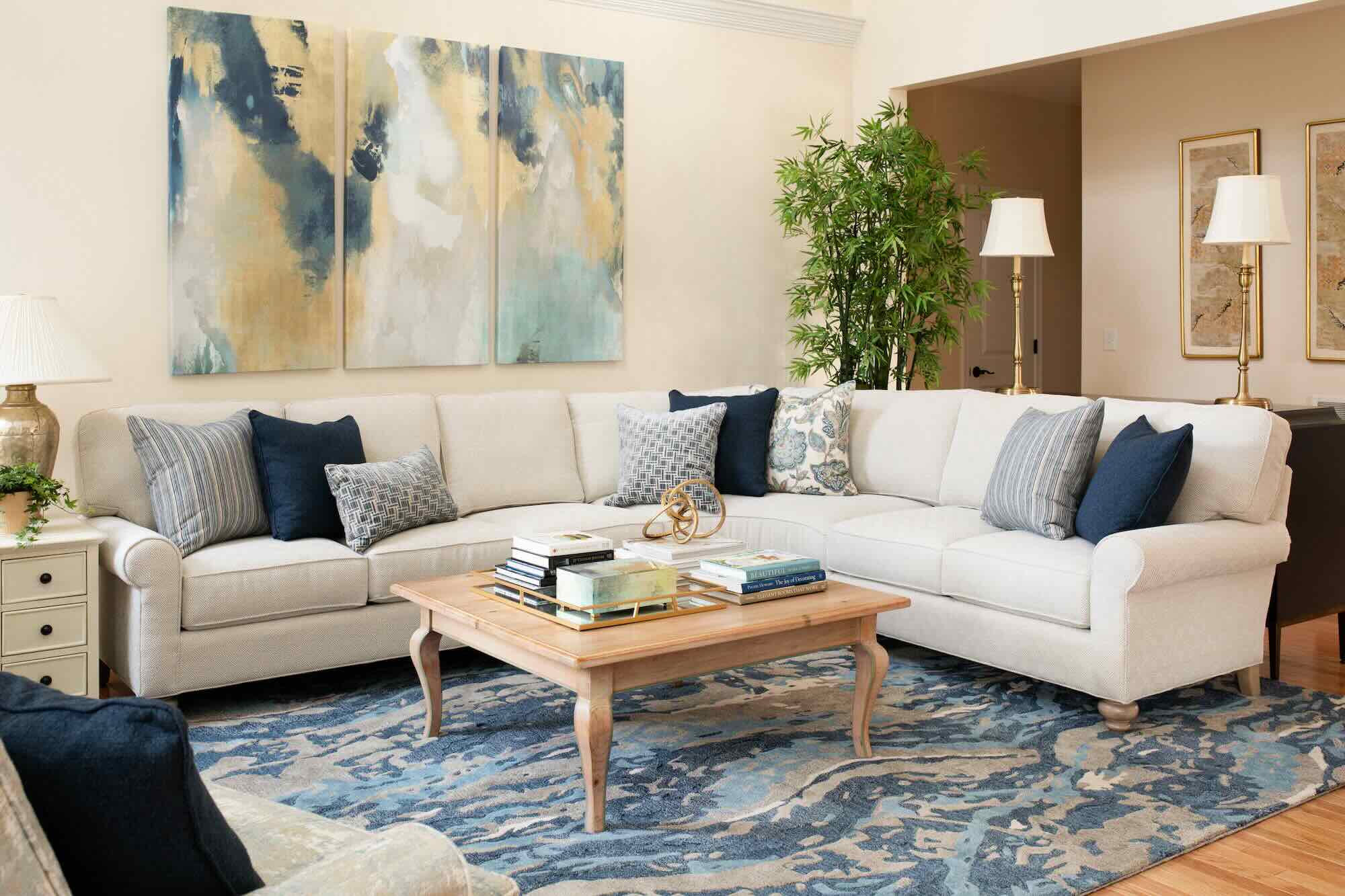
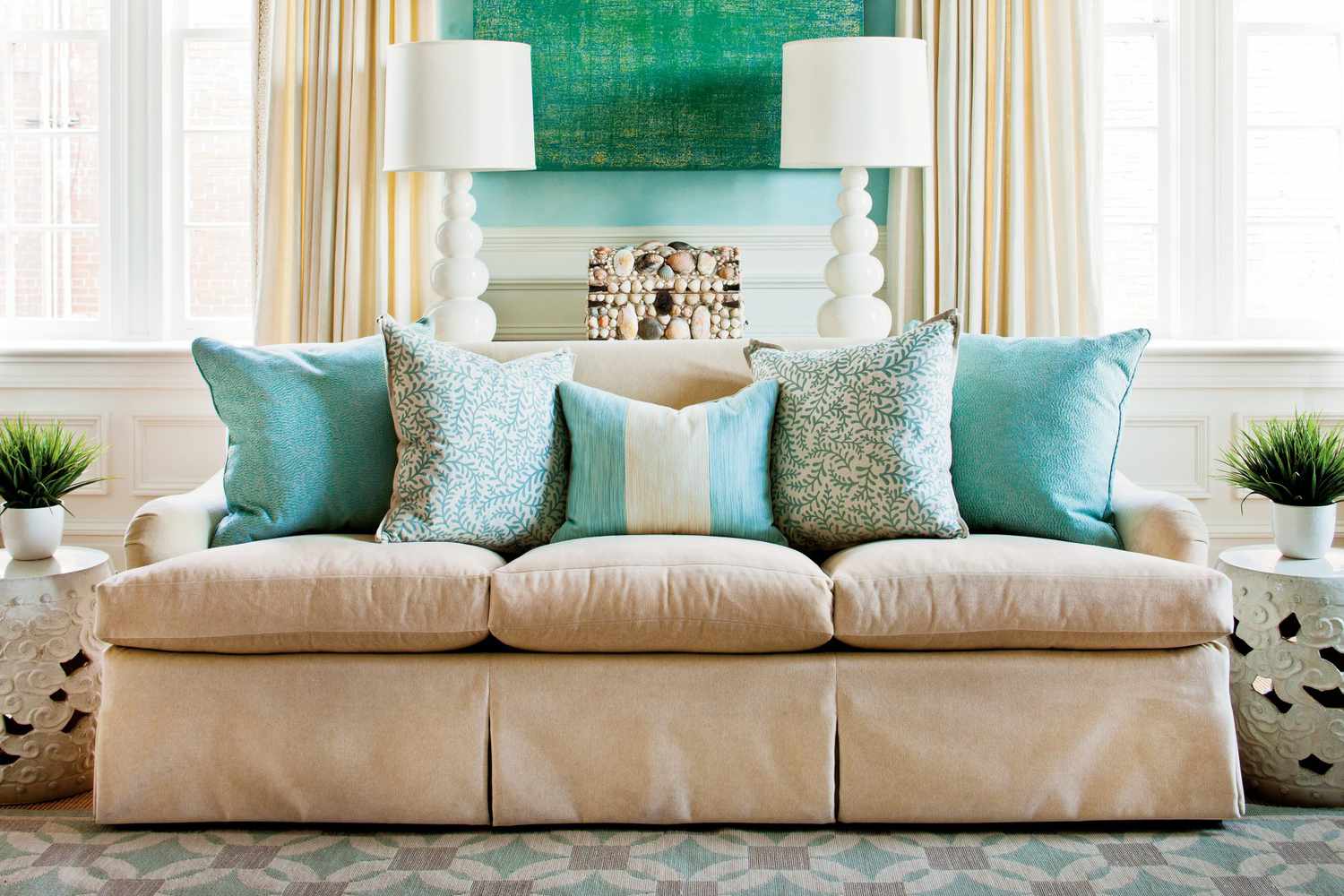
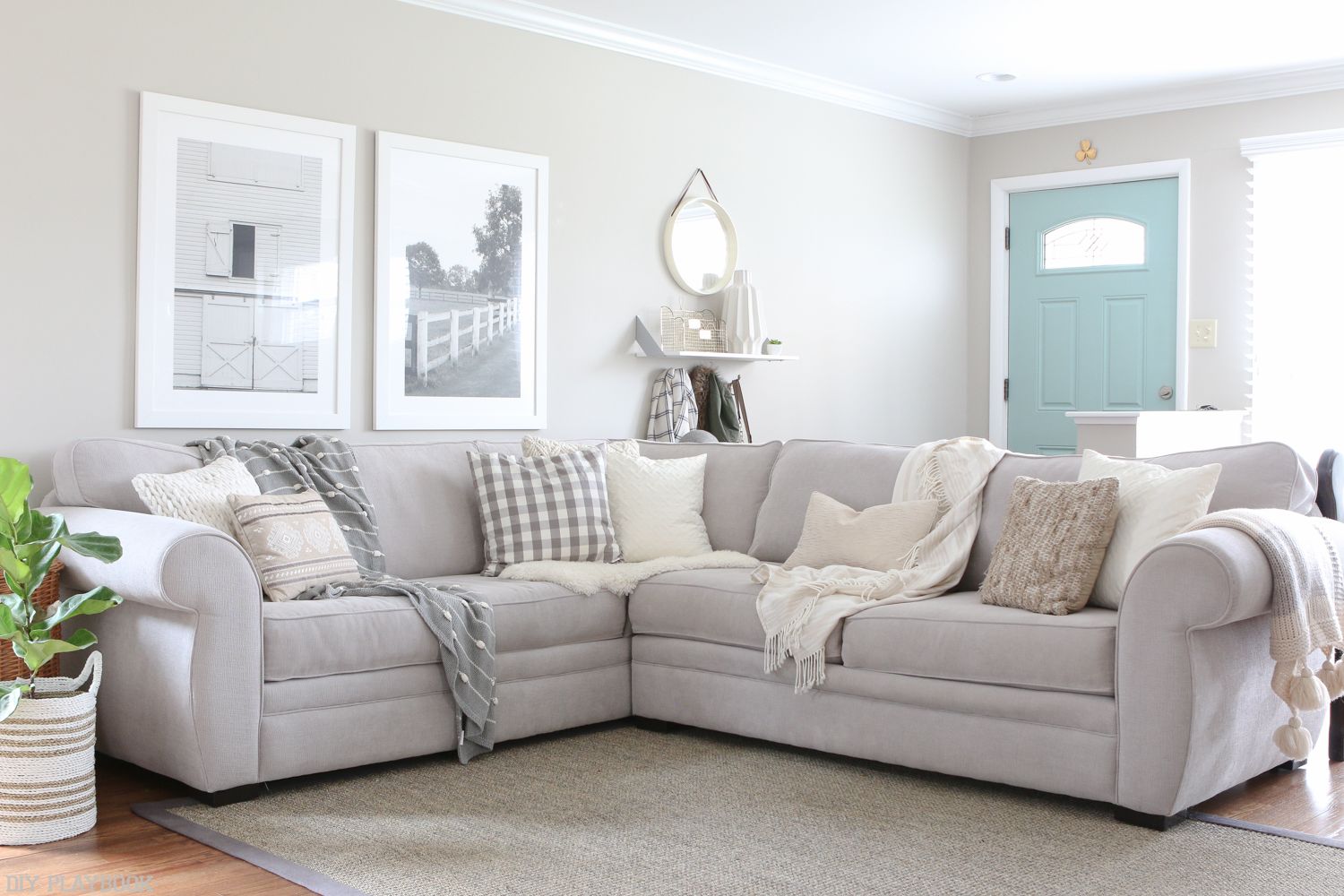
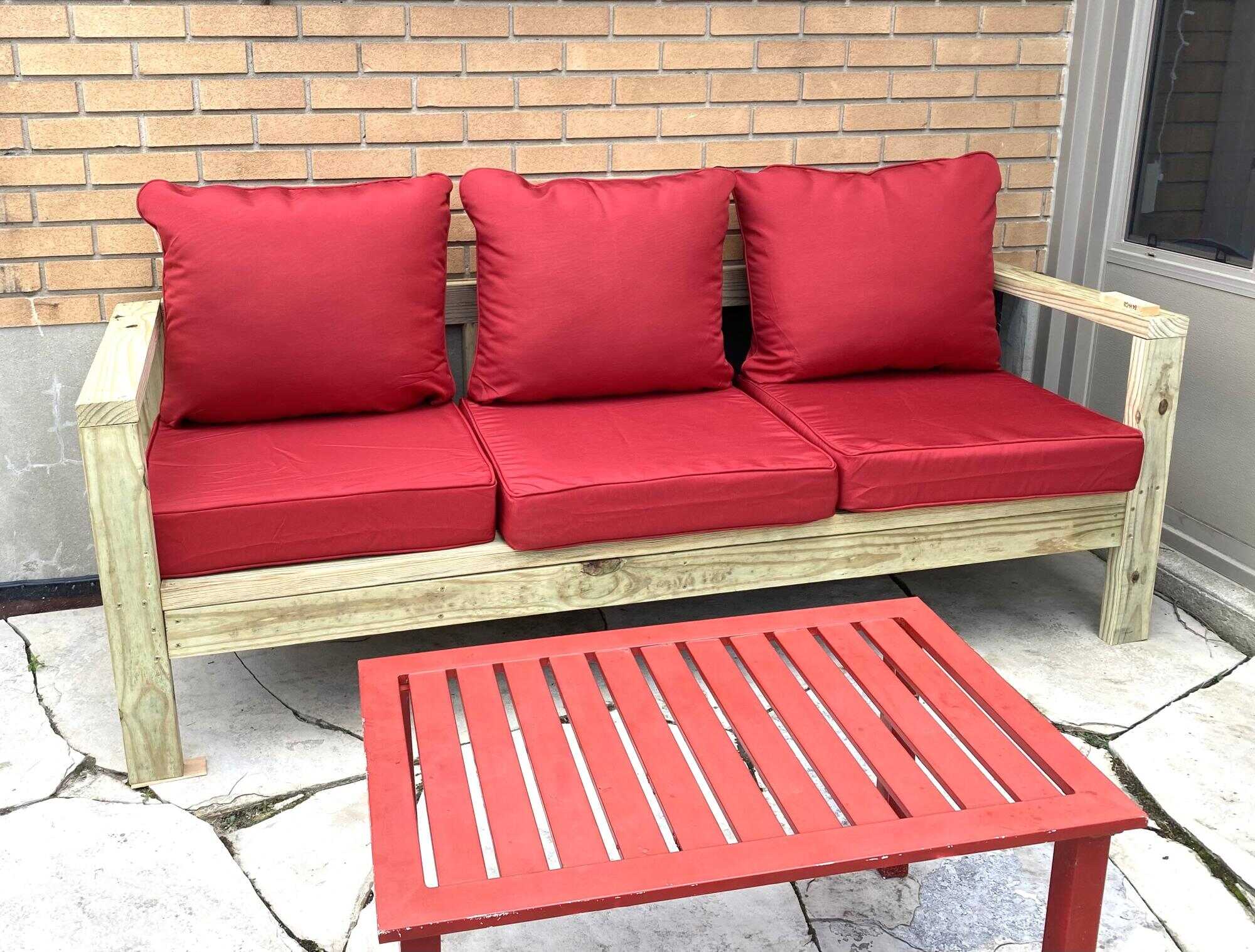
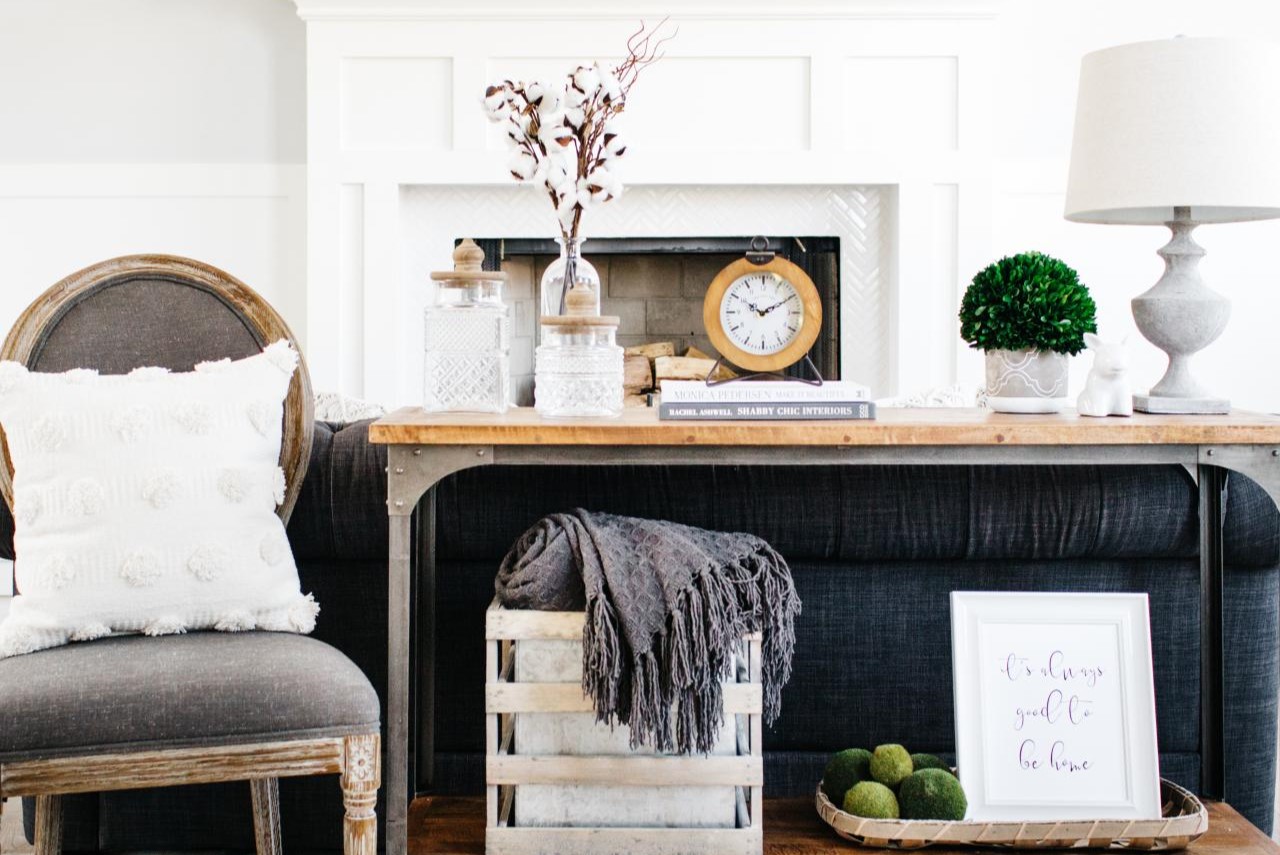
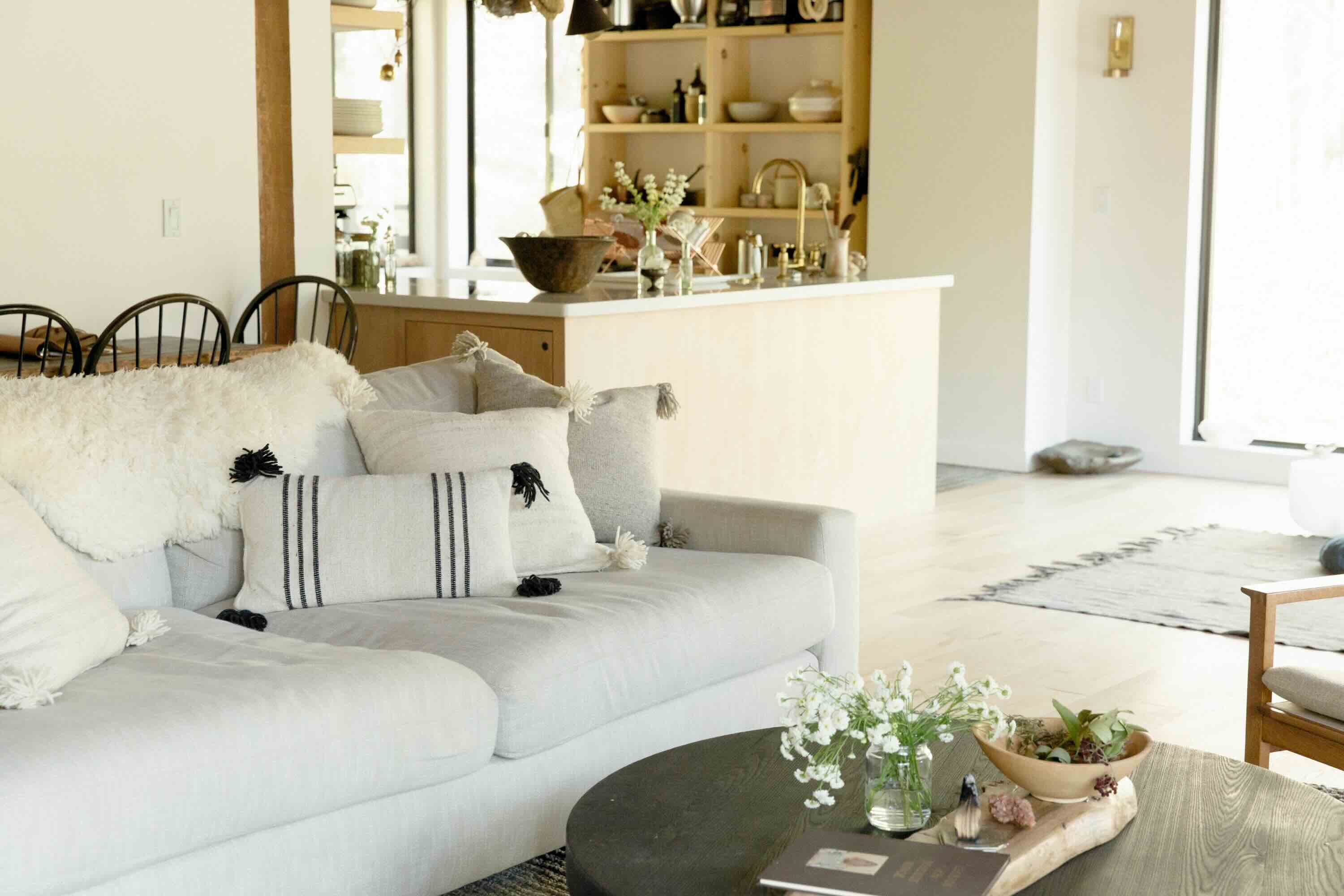
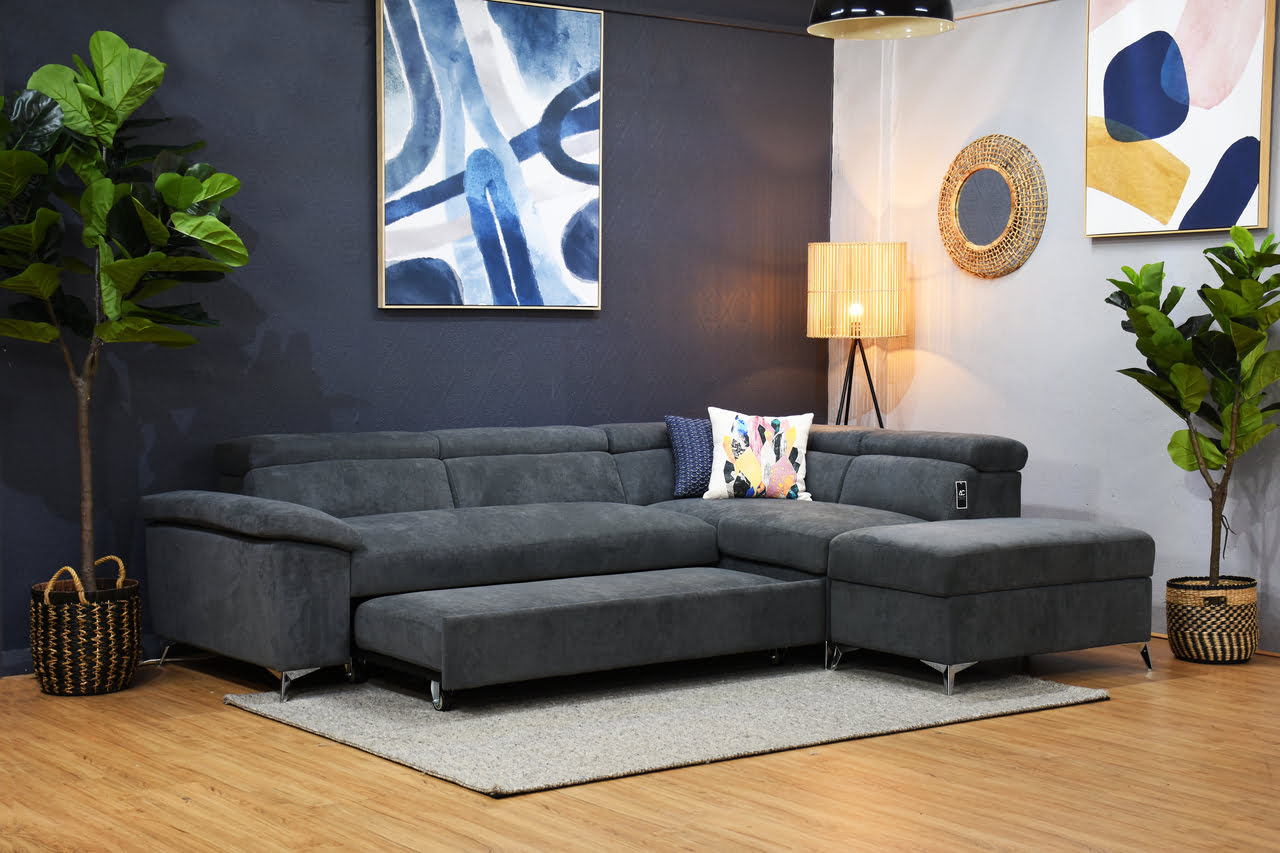
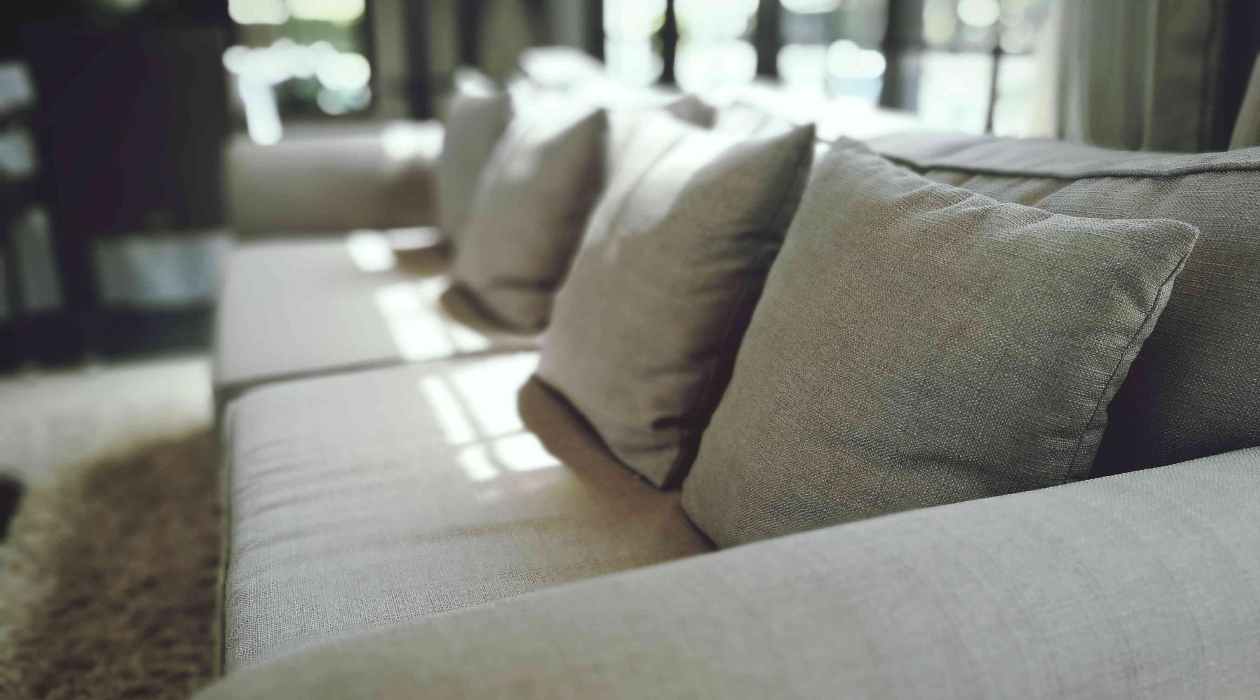
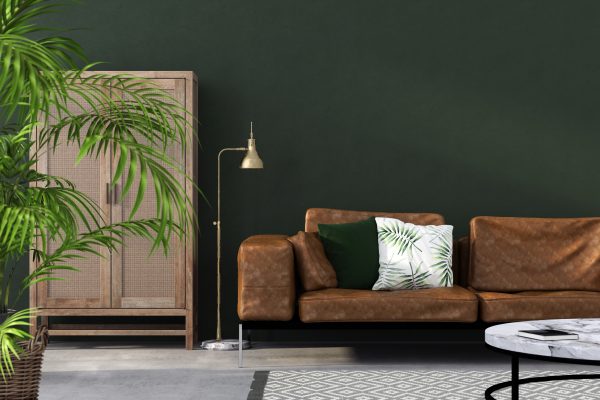
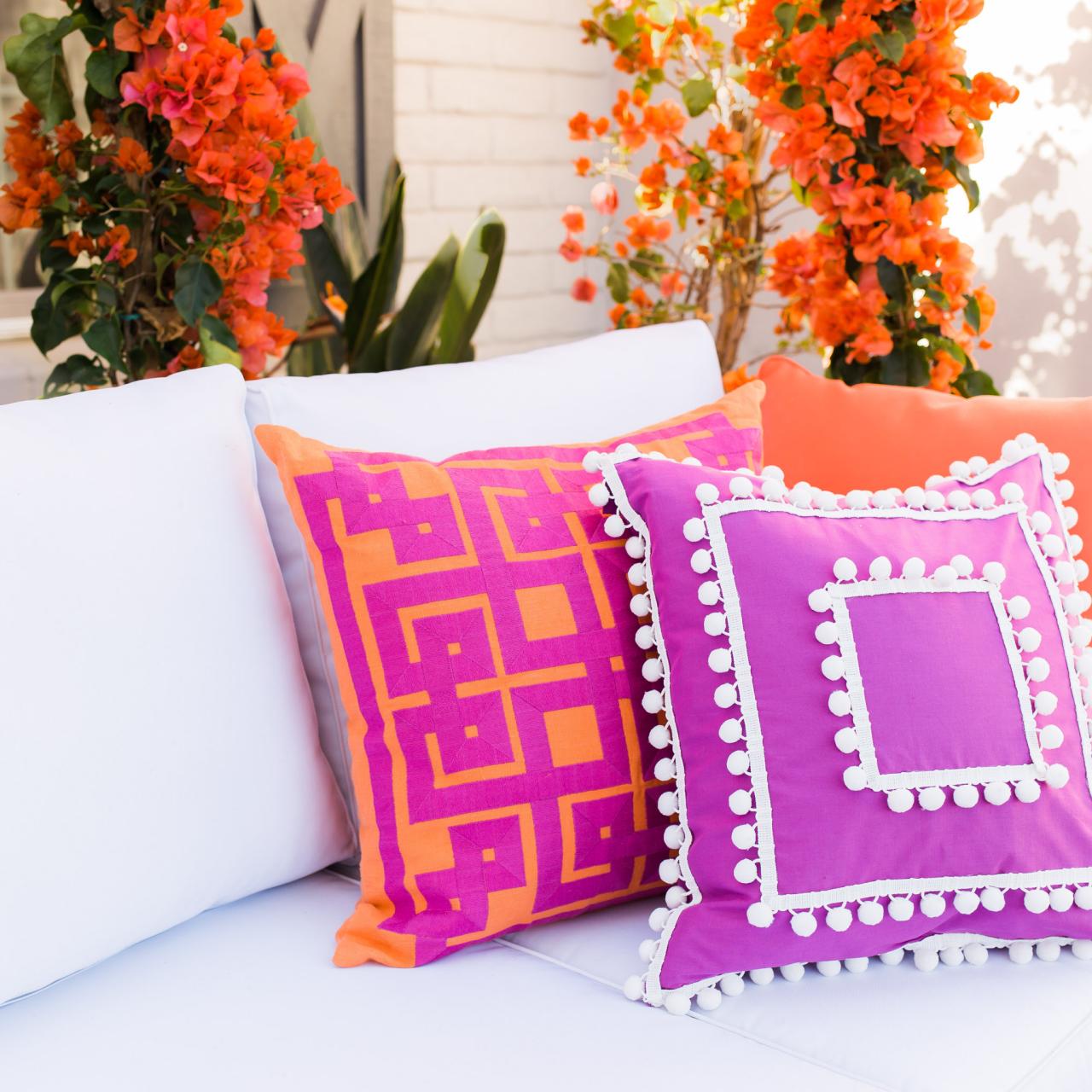
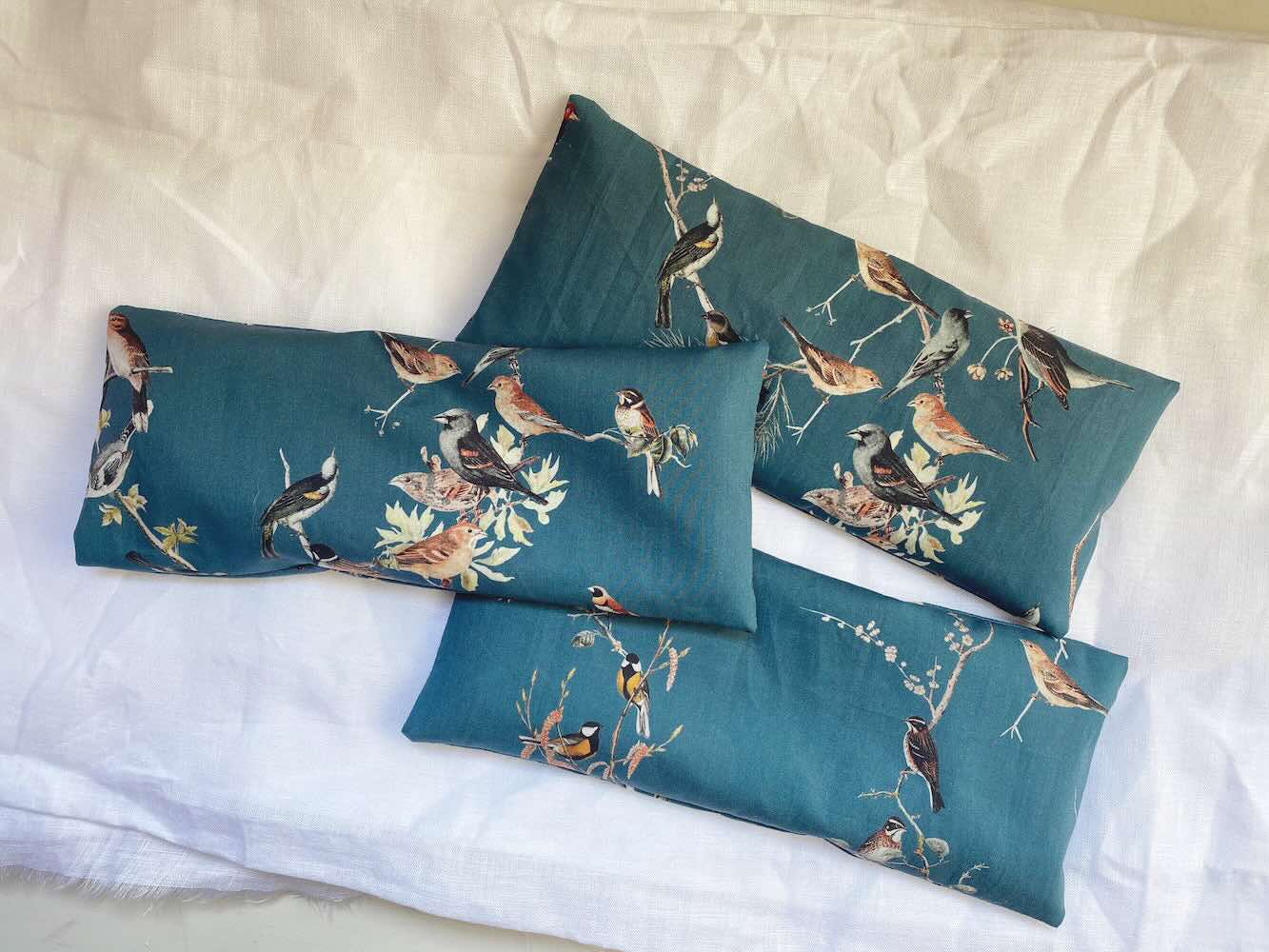
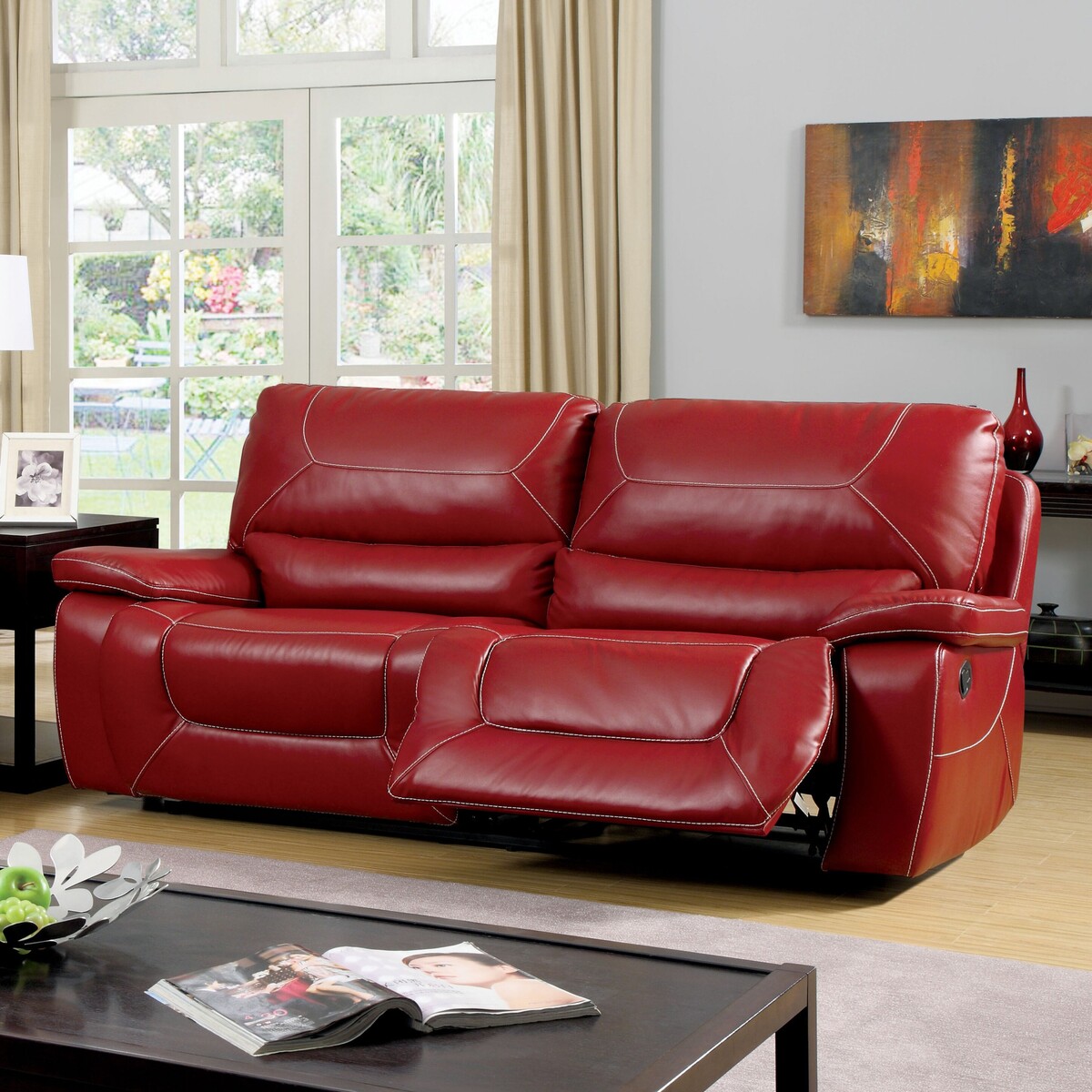
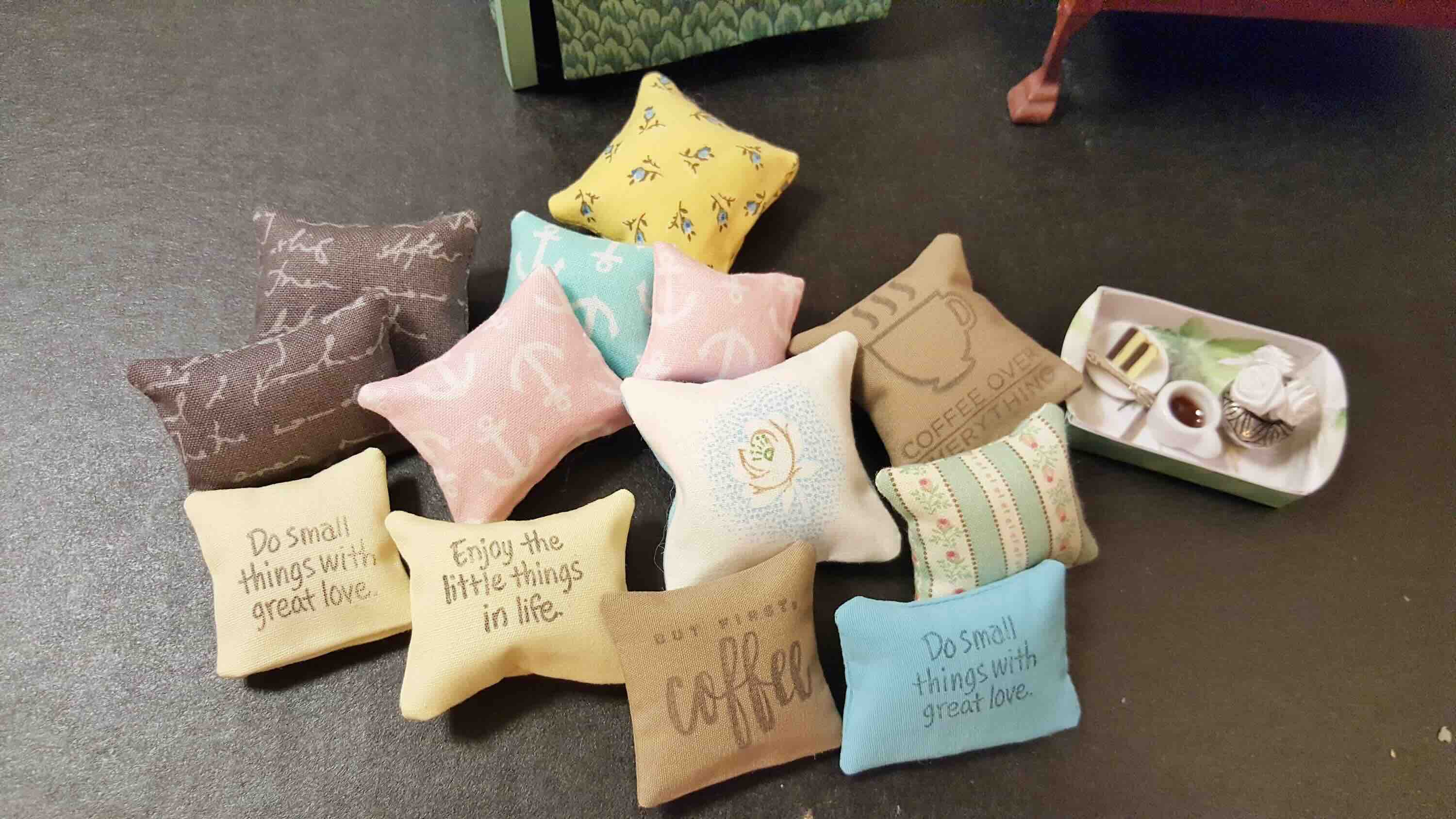
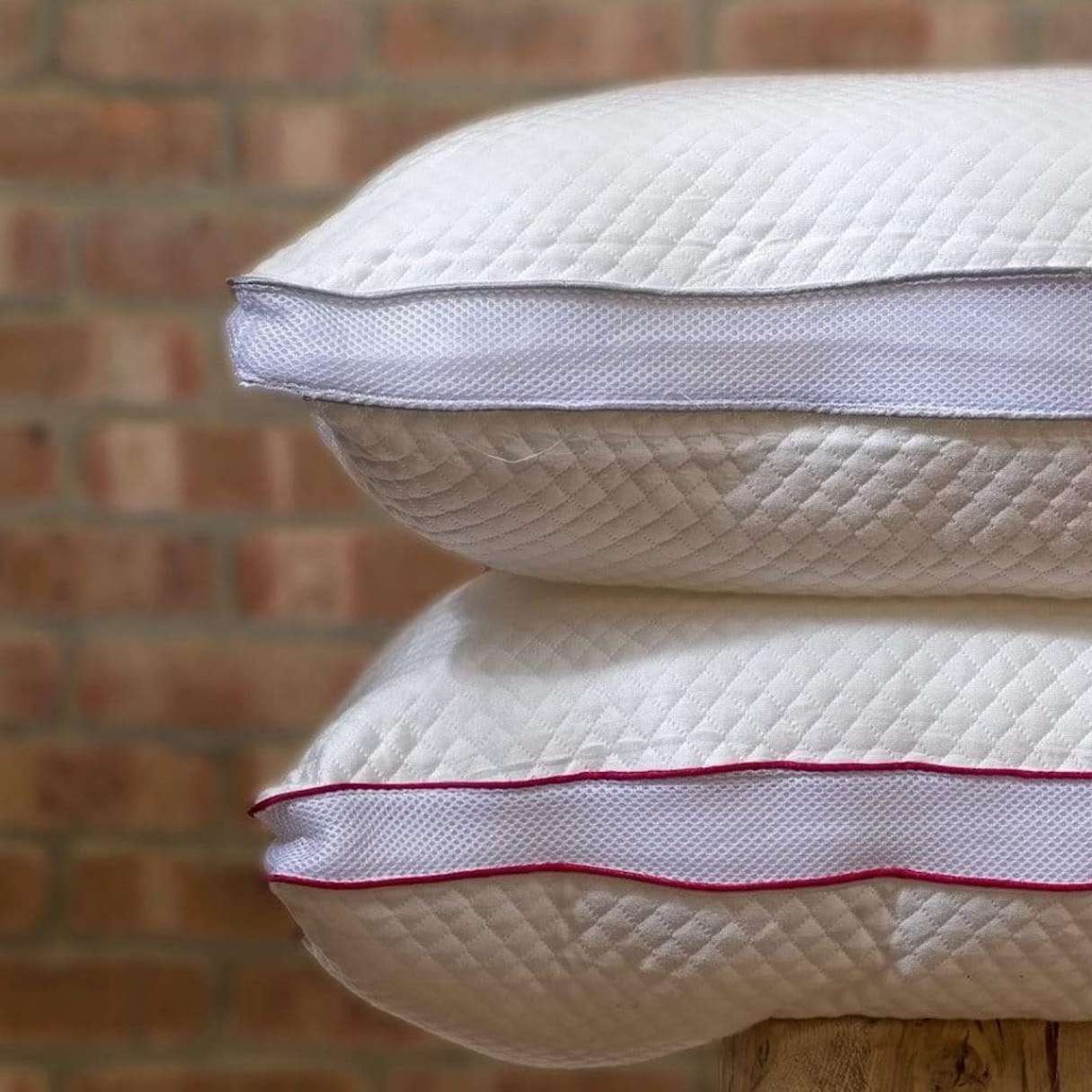

0 thoughts on “How To Make Decorative Sofa Pillows”